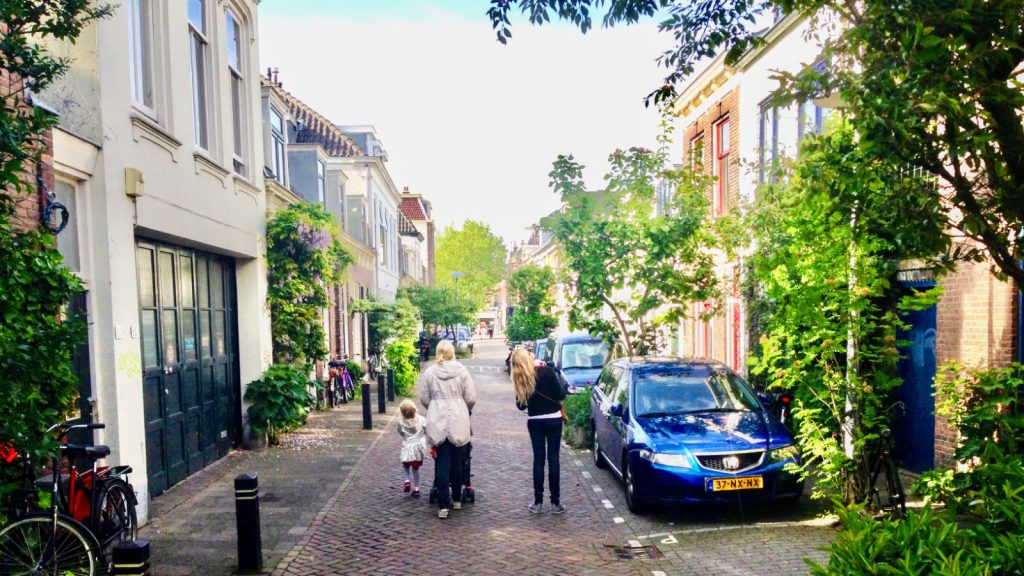Current Status
Not Enrolled
Price
Free
Get Started
Ratings and Reviews
5.0
Avg. Rating
4 Ratings
5
4
4
0
3
0
2
0
1
0
What's your experience? We'd love to know!
Login to Review
What's your experience? We'd love to know!
Login to Review







One of the simplest yet most unknown concepts. Wonderfully taught